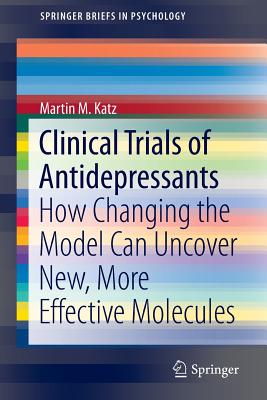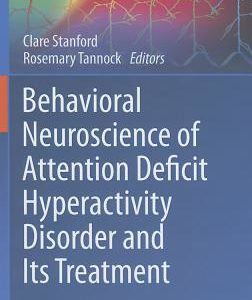Clinical Trials of Antidepressants: How Changing the Model Can Uncover New, More Effective Molecules (2016)
$62.99
Description
This brief guide takes current clinical trial protocols to task and replaces them with a contemporary framework for improving next-generation antidepressants and their underlying science. Innovative models are based on a nuanced, neurologically-informed understanding of drug mechanisms and the component cognitive, mood, and behavioral aspects of depression. The book reconceptualizes not only the clinical trial process but the clinical concept of depression itself as essential to bringing pharmaceutical research and development up to date, boosting efficiency and effectiveness, finding new molecules, and reducing waste. Case studies and a review of salient depression scales illustrate the potential benefits of such wide-scale change.
Included in the coverage:
- Why now the need for a new clinical trials model for antidepressants?
- Aims and basic requirements of clinical trials: conventional and component-specific models.
- Methods for measuring the components and the profile of drug actions: the multivantaged approach.
- Achieving the ideal clinical trial: an example of the merged componential and established models.
- Prediction and shortening the clinical trial.
- The video clinical trial.
Clinical Trials of Antidepressants will interest a varied audience, including clinical investigators, academic and pharmaceutical company scientists, clinical trial organizations, psychiatrists, outpatient physicians, psychotherapists, clinical psychologists, psychology graduate students, medical students, and government agencies such as the FDA.
Author: Katz, Martin M
Topic: Psychology
Media: Book
ISBN: 331926463X
Language: English
Pages: 66
Additional information
| Weight | 0.29 lbs |
|---|---|
| Dimensions | 9.21 × 6.14 × 0.17 in |














Reviews
There are no reviews yet.